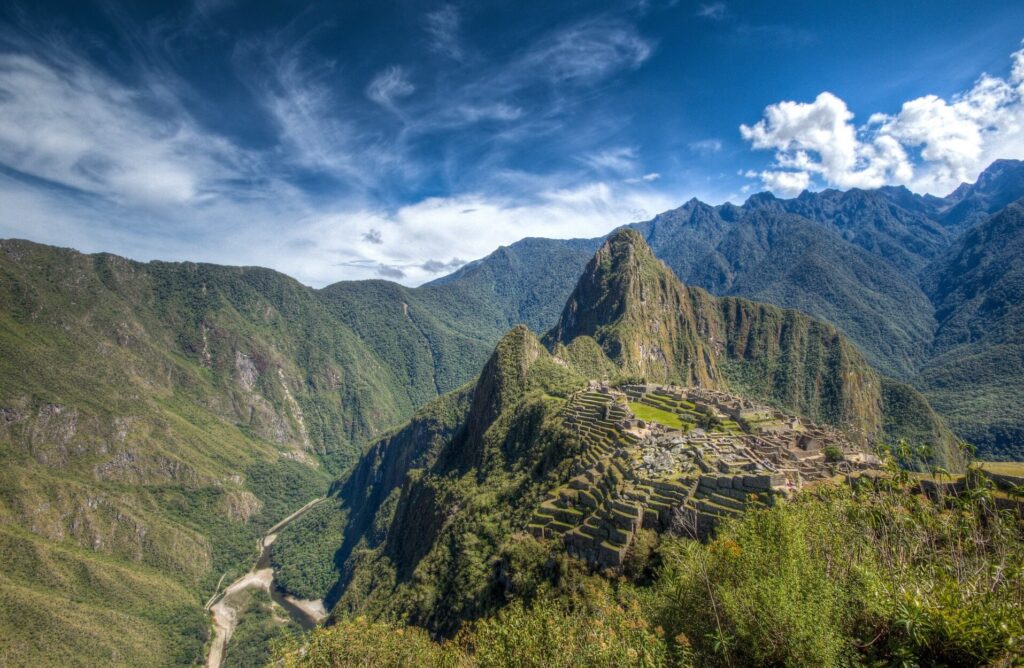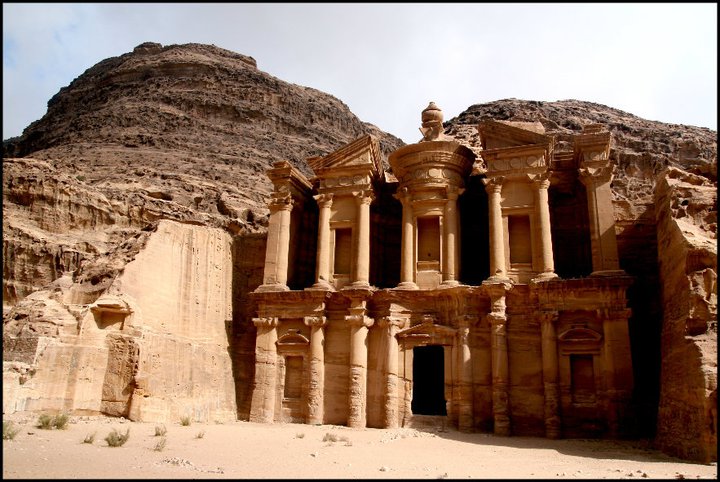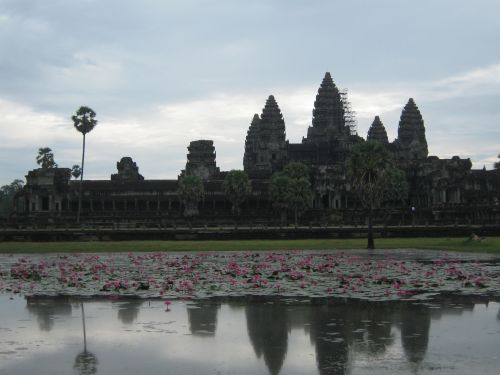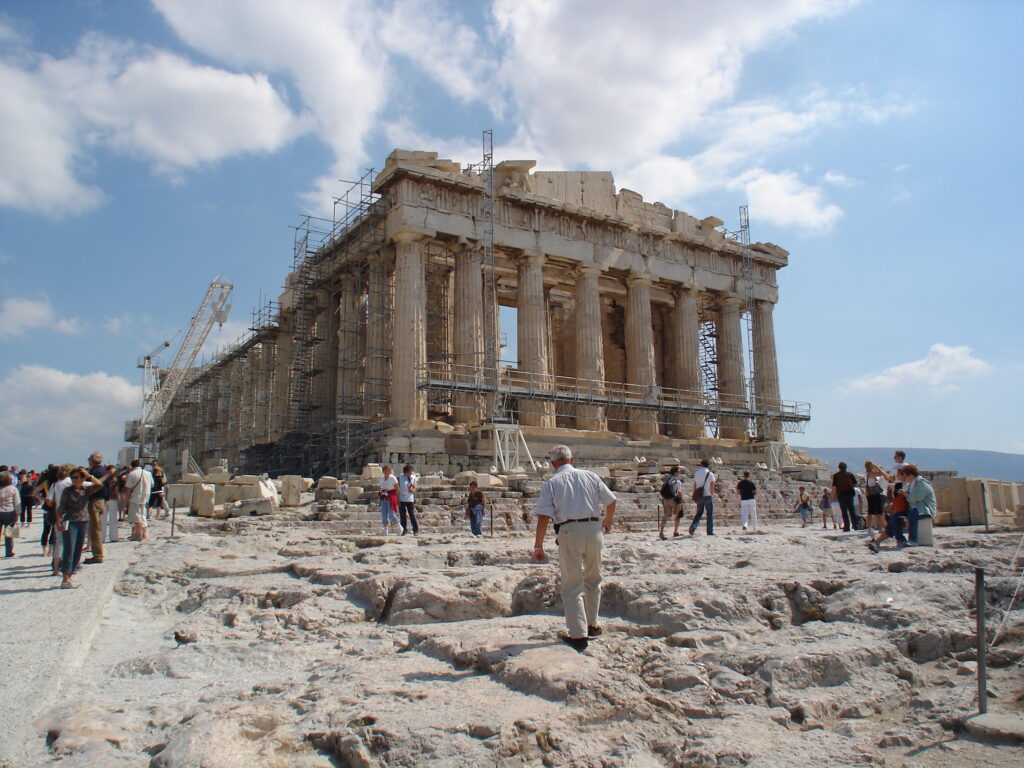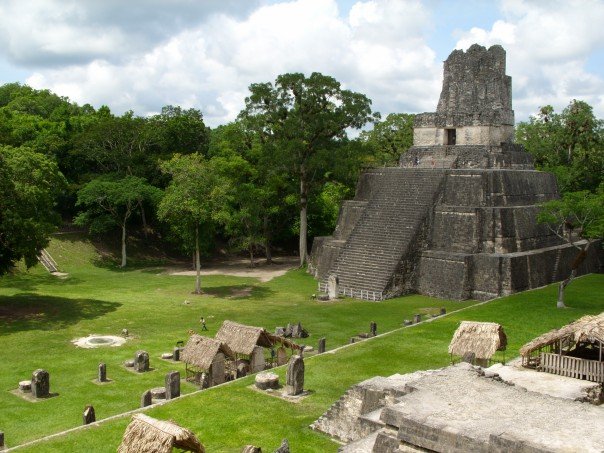Discovering the history and culture of past civilizations is made possible by visiting the world’s ancient ruins. It provides a rare chance to go in our ancestors’ footsteps and see the amazing accomplishments of the past.
Each historic monument, whether it be the Colosseum in Rome or the remains of Machu Picchu, offers a different window into the lives of those who lived before us. We may learn a lot about the beliefs, values, and way of life of these civilizations from the exquisite architecture, sculptures, and artefacts.
It is crucial to respect old ruins when you visit them and to abide by any guidelines established to preserve them. To better appreciate and comprehend what they are witnessing, visitors should educate themselves on the history and culture of the civilization they are visiting.
The ephemeral quality of existence and the influence of time are two things that visiting ancient ruins can serve as a reminder of for us. It is an opportunity to connect with the past and get a deeper understanding of the modern world.
Finally, exploring the world’s ancient ruins is a fantastic way to discover more about the past civilizations’ histories and cultures. It is a chance to learn about the amazing accomplishments of our predecessors and get a greater understanding of the modern world. In this article, we will explore the top 10 ancient ruins from around the world.
Machu Picchu, Peru
Ancient Incan citadel Machu Picchu is situated in the Cusco region of Peru. It is one of the most well-liked tourist spots in the world due to its location high in the Andes Mountains. Built in the 15th century, Machu Picchu was abandoned following the Spanish conquest and was not seen again until 1911.
The stone walls, terraces, and temples that make up the citadel were built to blend in with the surrounding landscape. Without using any mortar, the stones of Machu Picchu were precisely set together, and as a result, they have endured centuries of earthquakes and other natural disasters.
Today, tourists can explore the ancient ruins and discover more about the Incan people’s history and culture. Machu Picchu is regarded as one of the most beautiful destinations in the world and is famous for its spectacular views of the nearby mountains and valleys.
Machu Picchu was designated a UNESCO World Heritage Site in 1983 in recognition of its cultural and historical importance, and the Peruvian government now guards it to assure its preservation for future generations.
2. Petra, Jordan
Jordan’s Ma’an Governorate is home to the ancient and archaeological city of Petra. It is regarded as one of the most significant archaeological sites in the world and is famous for its distinctive rock-cut architecture. Petra served as the Nabatean Kingdom’s capital and a significant trading centre in the first century AD.
The Treasury, Monastery, and the Siq, a tiny ravine that leads to the city centre, are just a few of the city’s spectacular sandstone monuments and structures. Petra’s architecture, which combines ancient Nabatean and Hellenistic design elements, is evidence of the ingenuity and inventiveness of the Nabatean people.
Petra is renowned for its religious significance as well since throughout the Byzantine era, it was a significant centre of Christianity. Today, visitors to Petra, which has been designated a UNESCO World Heritage Site since 1985, can explore the ancient ruins and discover more about its history and culture.
For anybody interested in history, architecture, or culture, Petra is a must-visit location. Petra is a tribute to the accomplishments of the ancient world.
3. Angkor Wat, Cambodia
The temple complex known as Angkor Wat is situated in Cambodia’s Siem Reap province. King Suryavarman II initially constructed it as a Hindu temple in the early 12th century, but in the 14th century it underwent a Buddhist conversion. The biggest religious structure in the world, Angkor Wat is regarded as one of Southeast Asia’s most significant archaeological monuments.
The spectacular architecture, exquisite sculptures, and finely crafted bas-reliefs of the temple complex set it apart. A moat surrounds the main temple, which is reached via a number of causeways and entrances. A number of additional tiny temples and structures are also part of the complex, each with its own special beauty.
For anybody interested in history, architecture, or culture, Angkor Wat is a must-visit location. It is a tribute to the accomplishments of the Khmer Empire. Since being designated a UNESCO World Heritage Site in 1992, the temple complex has continued to draw millions of tourists from around the globe every year.
4. Colosseum, Italy
The Colosseum, sometimes referred to as the Flavian Amphitheatre, is a prominent monument in Italy and a representation of ancient Rome. Emperor Vespasian began construction on it in the first century AD, and his son Emperor Titus finished it. The Colosseum, which could accommodate 80,000 people, hosted gladiatorial fights and other public entertainment.
The huge stone construction and unusual circular shape of the Colosseum are its defining features. The interior was built with a complicated network of tunnels and pathways for the gladiators and animals, and the exterior walls are ornamented with arches and columns.
The Colosseum is now a well-liked tourist destination and a representation of Rome’s extensive cultural and historical past. The Roman Empire’s history and culture can be studied while tourists explore the historic remains. Since it was designated a UNESCO World Heritage Site in 1980, the Colosseum has continued to awe and impress tourists from all over the world.
5. Chichen Itza, Mexico
A pre-Columbian archaeological site called Chichen Itza can be found in Mexico’s Yucatan Peninsula. It is regarded as one of the most significant archaeological sites in Mexico and was a significant centre of Mayan culture. In 1988, the location received the UNESCO World Heritage Site designation.
The location is renowned for its beautiful architecture and distinctive fusion of Toltec and Mayan designs. One of the most well-known buildings at the site is the central pyramid, also referred to as El Castillo or the Temple of Kukulcan. It was constructed with such exactitude that it exactly coincides with the equinoxes, producing a breath-taking visual effect.
The Great Ballcourt, the observatory, and the Temple of the Warriors are some further noteworthy buildings. Visitors can explore the historic sites and discover more about the Mayan civilization’s history and culture.
For anybody interested in history, archaeology, or culture, Chichen Itza is a must-visit location. Chichen Itza is a tribute to the accomplishments of the ancient world.
6. Acropolis, Greece
Greece’s Athens is home to the historic citadel known as the Acropolis. It is regarded as one of the most significant archaeological sites in the entire globe and one of the most well-known sights in Greece. Built in the fifth century BC, the Acropolis is known for its beautiful architectural and historical significance.
The Parthenon, a temple to the goddess Athena, is the most well-known building on the Acropolis. The Parthenon is renowned for its exquisite carvings, remarkable size, and stunning statues. The Propylaea, which functioned as the primary entrance to the Acropolis, the Erechtheion, and the Temple of Athena Nike are further noteworthy buildings.
Today, tourists can explore the ancient ruins and find out more about the past and culture of Athens. Since 1987, the Acropolis has been designated as a UNESCO World Heritage Site, and visitors from all over the world continue to be in wonder and appreciation of it. For anybody interested in history and culture, the Acropolis is a must-visit location. It is a monument to the accomplishments of the ancient civilization.
7. Tikal, Guatemala
The Guatemalan rainforest is home to the historic Mayan city of Tikal. It is regarded as one of the most significant archaeological sites in Central America and was a significant centre of Mayan civilisation. In 1979, Tikal was named a UNESCO World Heritage Site.
The location is renowned for its magnificent temples and palaces, which include the Palace of the Nobles, the Temple of the Masks, and the Great Jaguar Temple. The impressively precise construction and long-term preservation of Tikal’s towering pyramids and other structures are truly amazing.
Visitors to Tikal can explore the historic sites and discover more about the Mayan civilization’s history and culture. Monkeys, jaguars, and toucans are among the rich array of flora and fauna that call the area home.
For anybody interested in history, archaeology, or culture, Tikal is a must-visit location. It is a tribute to the accomplishments of the ancient world. Visitors from all over the world continue to be in awe and admiration of the site’s spectacular architecture and historical significance.
8. Stonehenge, England
In Wiltshire, England, there lies a prehistoric structure called Stonehenge. A ring of standing stones that have puzzled historians and archaeologists for ages make up one of the most well-known and enigmatic sights in the entire globe. In 1986, the location received the UNESCO World Heritage Site designation.
The purpose and construction of the Stonehenge stones, which are thought to have been erected between 2500 BC and 2000 BC, are still unknown. The location is in line with the winter solstice’s sunset and summer solstice’s sunrise, indicating that it may have been used for religious rituals or astronomical studies.
Visitors can now tour the antiquated structures and discover the ideas underlying their design and construction. The location has long been the focus of conjecture and interest, and people from all over the world continue to be in awe and adoration of its enigmatic presence.
For anybody interested in history, archaeology, or culture, Stonehenge is a must-visit location. It is a tribute to the accomplishments of the ancient world.
9. Tulum, Mexico
On Mexico’s Yucatan Peninsula, on the Caribbean coast, is the historic Mayan city of Tulum. It is regarded as one of the most significant archaeological sites in Mexico and was a significant centre of Mayan culture. In 1987, Tulum received the UNESCO World Heritage Site designation.
The site is well-known for its breath-taking setting, sitting on a cliff overlooking the Caribbean Sea’s azure waves. The Mayans used Tulum as a key commercial centre, and the city’s architecture exhibits a distinctive fusion of Mayan and Caribbean influences.
Visitors to Tulum have the opportunity to explore the historic sites and discover more about the Mayan civilization’s history and culture. Visitors can unwind and take in the area’s breath-taking natural beauty at the beach, which is located on the grounds.
For anyone interested in history, archaeology, or culture, Tulum is a must-visit location. It is a tribute to the accomplishments of the ancient world. It is one of the most well-known and fascinating archaeological sites in Mexico due to its breath-taking setting and distinctive fusion of architectural styles.
10. Ephesus, Turkey
The ancient Greek city of Ephesus was situated in what is now Turkey. It is regarded as one of the most significant archaeological sites in the world and was a significant hub of trade and culture. In 2015, Ephesus received the UNESCO World Heritage Site designation.
The Library of Celsus, the Great Theatre, and the Temple of Artemis are just a few of the site’s spectacular ruins. The city was home to some of the most well-known artists and philosophers of antiquity, and its architecture displays a distinctive fusion of Greek and Roman styles.
Visitors to Ephesus get the opportunity to see the historic sites and discover more about the ancient world’s history and culture. Visitors can view artefacts and exhibits connected to Ephesus’s history and culture at the site’s intriguing museum.
For anybody interested in history, archaeology, or culture, Ephesus is a must-visit location. Ephesus is a tribute to the accomplishments of the ancient world. It is one of Turkey’s most fascinating ancient sites due to its magnificent ruins and distinctive fusion of architectural styles.






